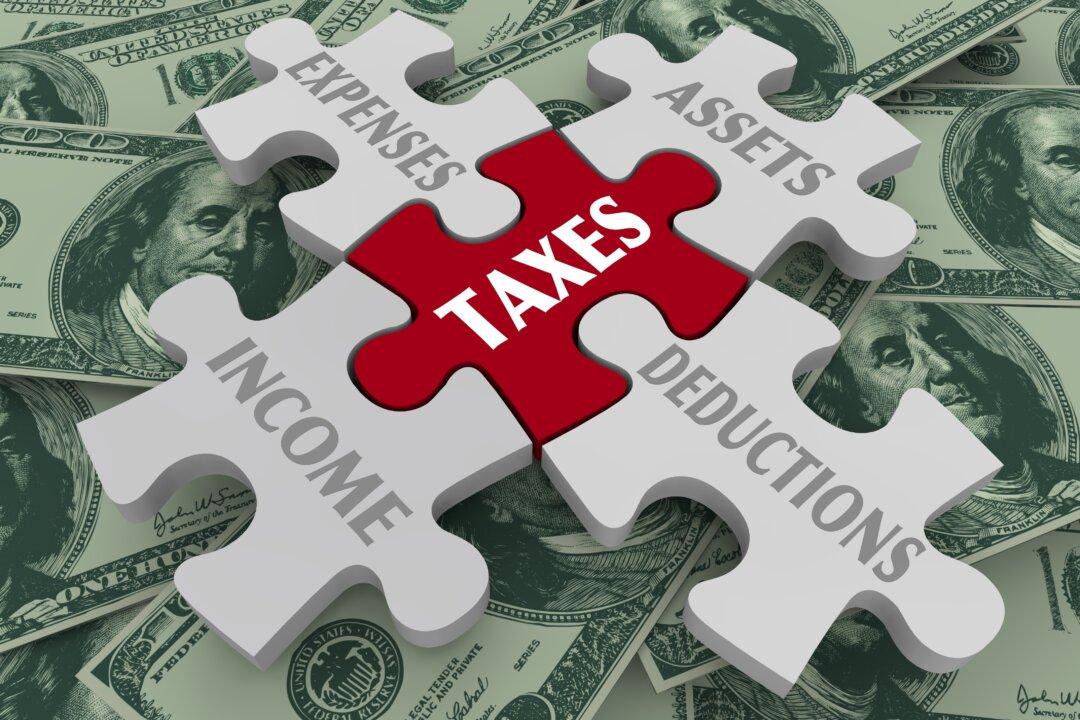Home prices are going up. But so are mortgage rates, property insurance, and maintenance. Here’s how to take a reading on the whole picture.
A recent Bankrate study found homeowners are forking over about $18,120 per year for the combination of utilities, maintenance, and property taxes and insurance compared to about $14,420 four years ago.






